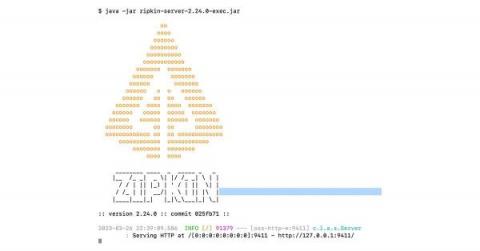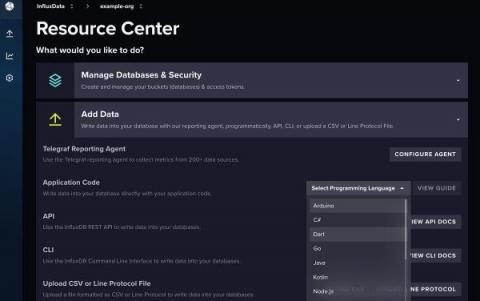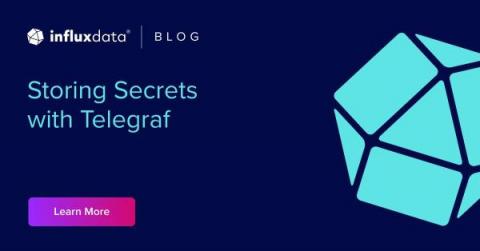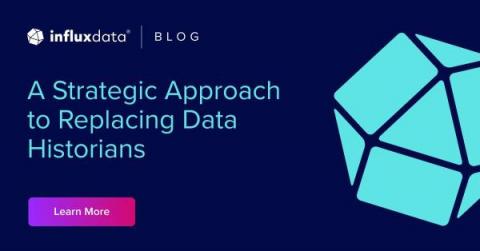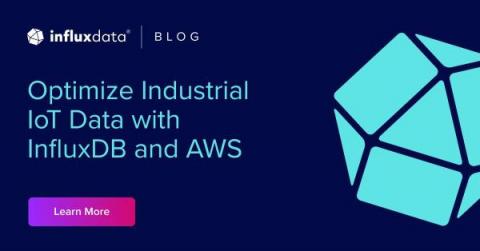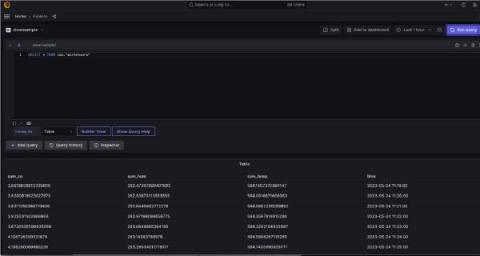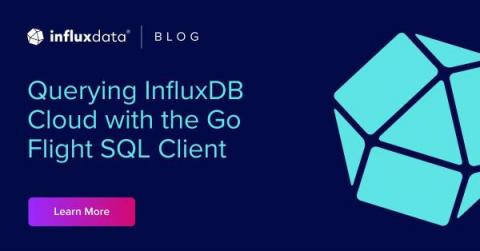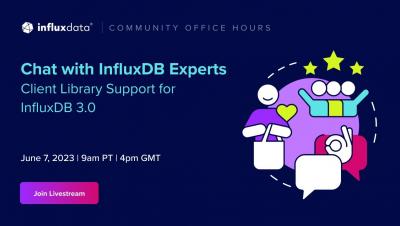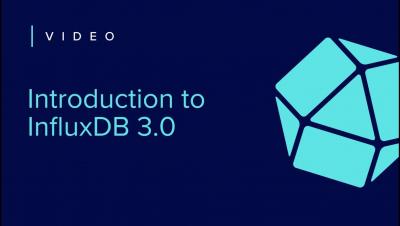Perform Distributed Tracing with Zipkin
Open source Zipkin offers a robust set of features that make it easier for developers to understand and optimize complex distributed systems. Distributed tracing is a technique you can use to trace and monitor requests propagating through a distributed system. It can work in environments where multiple services process a request, making it an essential tool for modern microservices architectures. Zipkin is an open source distributed tracing system for monitoring and troubleshooting complex systems.


